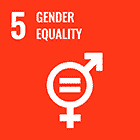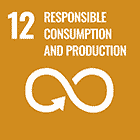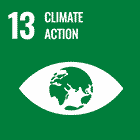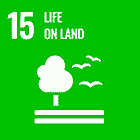Let’s keep in touch!
The latest news of the Metis Fund, delivered straight to your inbox!
In the Brazilian Amazon, photographer Ana Mendes creates a documentary to highlight the women of the ribeirinhos communities and showcase their role in the development of their region. Women and their children are introduced to painting, photography, and poetry to produce works that convey their culture and their connection to their environment.




Açaí, on the path of women
Who doesn’t know açaí? The small purple berry, fruit of the Amazonian palm tree, has been consumed by Amazonian populations since pre-Columbian times. For about fifteen years, it has also been enjoyed by Europeans, Americans, and Japanese seeking vitality, appreciated for its antioxidant properties and superfood benefits. Açaí is now the non-timber product with the highest production value in Brazil, and the market continues to grow.
The açaí berries are harvested by the ribeirinhos communities, or “river people” (from Portuguese, “ribeira,” meaning riverbank). Ribeirinhos women are at the heart of the industry. They climb to the tops of palm trees—trees that can reach 20 meters in height!—using a fabric loop wrapped around their feet to provide better support, with a machete at their waist. Beyond harvesting, they also process the berries into pulp and sometimes handle their commercialization. They play an essential role in the economy of their households, their communities, and their region. However, this role is often undervalued or made invisible.
The State of Pará, the world’s largest producer of açaí
women producing açaí and their families involved
The Human Development Index for this region, the lowest score in the country
With Metis, photographer Ana Mendes is creating a photographic and audio documentary about the daily lives of açaí-producing women in Igarapé-Miri and Cametá, the two main producing municipalities in the state of Pará—from which 90% of the Amazon’s açaí comes.
The documentary highlights the women’s role in açaí cultivation and showcases its sustainable industry, echoing a study conducted by the Amazon Environmental Research Institute (Ipam). It also sheds light on the culture of the ribeirinhos people, recalling the threats they face, including isolation, poverty, and deforestation.
Simultaneously, the Fotoativa association conducts art workshops for these women and their families, introducing them to photography, painting, and poetry. Through artistic practice, the women can express themselves differently and gain a new perspective on their work.
The photographs by Ana Mendes and the artworks created during the workshops are presented in an exhibition shown in Cametá and Igarapé-Miri, and later in Belém and Brasília.